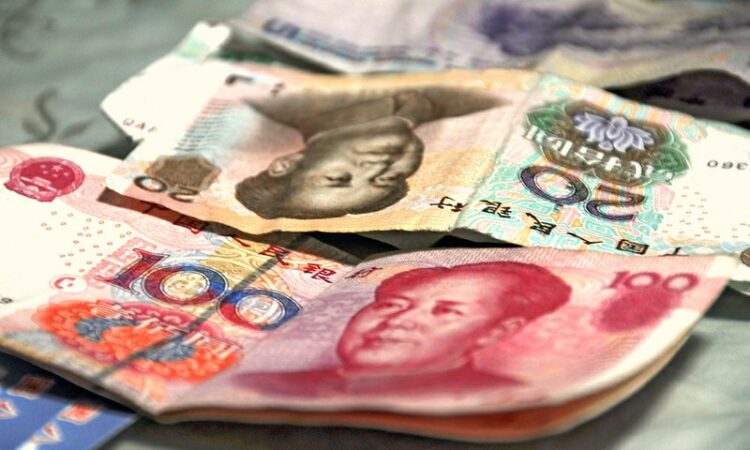
In a significant shift in global finance, the Chinese yuan has overtaken the euro to become the world’s second-most utilized currency in global trade. This development, highlighted by the Society for Worldwide Interbank Financial Telecommunication (SWIFT), showcases the rising influence of Asian currencies in the worldwide monetary system.
According to Reuters, global companies are increasingly turning to China’s debt markets, issuing record amounts of yuan-denominated bonds and borrowing heavily from Chinese banks.
This move capitalises on the low interest rates in China, as opposed to the escalating costs of borrowing from Western banks. The surge in borrowing from Chinese banks has boosted the yuan past the euro, aligning with Beijing’s ambitions to internationalise the yuan.
The yuan’s share in international payments witnessed a remarkable rise, reaching 5.8% in September, as per SWIFT data. This increase is driven by global companies leveraging opportunities in China’s financial markets, particularly through yuan-denominated ‘panda’ and ‘dim sum’ bonds. Conversely, the euro’s share in global transactions declined, positioning it third in the global currency rankings, below the yuan and the US dollar.
Further illustrating China’s growing financial clout, the National Bank of Canada raised 1 billion yuan ($138.6 million) in October through a three-year panda bond at a coupon rate of 3.2%, significantly lower than domestic interest rates. This trend is indicative of China’s expanding footprint in the global financial landscape.
Despite the yuan’s ascendance, analysts caution that its internationalisation may take time. The use and circulation of international yuan bond proceeds remain limited, often focused on local Chinese businesses. Companies like Volkswagen Group and Mercedes-Benz Group have stated their intent to use their panda bond proceeds mainly for their operations in China. The yuan’s global use in trade and finance is for now confined to countries aligned with China’s Belt and Road initiative, with limited adoption among countries geopolitically aligned with the US. However, geopolitical alliances are fluid and shifting more than ever after WWII.
This rise of the yuan and the strategic shifts in global borrowing practices reflect the dynamic nature of international finance, highlighting China’s growing influence and the evolving preferences of global corporations in a changing economic landscape.
The yuan’s ascent challenges the euro but does not immediately disrupt the U.S. dollar’s dominance, given the dollar’s entrenched role in global finance. Factors such as China’s efforts to internationalise the yuan, geopolitical tensions, shifts in global economic power, and the diversification of foreign exchange reserves by various countries all contribute to the evolving landscape of international currencies.
China is a significant holder of U.S. debt. Hypothetically, a sizable shift in China’s U.S. debt holdings could have wide-ranging implications for the global financial system and might contribute to a long-term reassessment of the dollar’s status as the dominant global reserve currency.
HT

